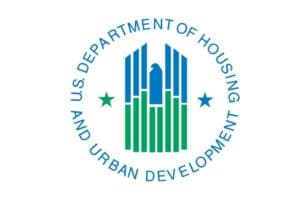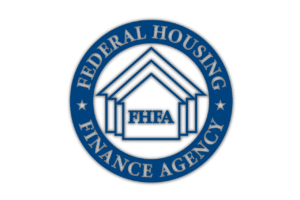On Friday, October 19 the Internal Revenue Service (IRS) issued several critical documents relating to the Opportunity Zone Incentive. This includes:
- 74 pages of Proposed Regulations
- Revenue Ruling 2018-29
- Draft Form 8896 with Draft Instructions
- Updated Frequently Asked Questions
Taken together, this package of guidance addresses several critical areas relating to the structuring of Opportunity Zone investments. The guidance addresses many heretofore, unanswered questions relating to the new incentive created in last year’s Tax Cut and Jobs Act. Below we have highlighted a number of items most relevant to NH&RA members and link to additional industry analysis issued by NH&RA members.
- Only Capital Gains Eligible for Deferral: The regulations clarify that despite some lack of clarity in the legislative text only Capital Gains are eligible for deferral under the incentive.
- Eligible Tax Payers: the regulations clarify that tax payers that can defer gains under the statute include:
- Individuals
- Corporations (including RICs and REITs)
- Partnerships
- Common trust funds under Section 584
- Qualified settlement funds
- Disputed ownership funds
- Rules for Partnerships & Partners: Partnerships may elect to defer all (or part of a capital gain). If the partnership does not elect to defer gain, a partner may elect to its own deferral with respect to his or her distributive share. Notably, the partner’s 180-day period generally begins on the last day of the partnership’s taxable year, but the partner can elect to begin its own 180-day period on the same day as the partnership’s 180-day period under certain circumstances.
- Tax Attributes Preserved Through Deferral Period: all of the tax attributes of the deferred gain are preserved through the deferral period and are taken into account with the gain is realized.
- Qualified Opportunity Fund (“QOF”) Eligibility: QOFs must be taxed as corporations or partnerships and organized in the United States or a US Possession. Special rules apply to QOFs organized in a US Territory. Under this clarification, LLCs should be eligible entities to qualify as QOF. The regulations also provide that preexisting entities can qualify as QOFs or OZ businesses.
- Entities Can Choose When Treatment of QOF Begins: The regulations allow for the QOF to choose the first month in their taxable year that they will be treated as a QOF.
- 90 Percent Asset Test: QOFs can use asset values from financial statements for valuation purposes when conduct the incentives 90 percent test. If financial statements are not available, QOFs must use the cost of the assets.
- Substantially All Test: The regulations define substantially all to be 70 percent for the incentive’s tangible property safe-harbor. There are numerous other uses of the term “substantially all” in the legislation that are still left undefined in the regulations.
- Active Trade or Business Test Defined at 50 Percent: The regulations clarify that at least 50 percent of the gross income of a Qualified Opportunity Zone business must be derived from the active conduct or a trade or business in the qualified opportunity zone.
- Effect of expiring OZ designations – The ability to make the 10-year basis step-up election at the sale of the QOF investment is preserved through December 31, 2047.
- Revenue Ruling Clarifies Original Use: The parallel Revenue Rule released with the Regulations provide several important clarifications relating to the substantial improvement of buildings:
-
- The original use of the building in the QOZ is not considered to have commenced with the QOF.
- The requirement that the original use of tangible property in the QOZ commence with a QOF is not applicable to the land on which the building is located.
- A substantial improvement to the building is measured by the QOF’s additions to the adjusted basis of the building (excluding the land).
- The QOF is not required to separately substantially improve the land upon which the building is located.
With the issue of these proposed regulations, a 60-day public comment period (Comments Due December 28, 2018) has opened and a public hearing has been scheduled for January 10, 2019.
Additional Resources:
- Applegate & Thorne-Thomsen Analysis
- NAHB QOZ FAQs
- Novogradac & Company Analysis
- Globe Street Article: What the New Opportunity Zone Rules Don’t Tell You
- Nixon Peabody Analysis
- Enterprise Community Partners Analysis


